Chios Gum Mastic (for incense burning) Pistacia lentiscus var. Chia
The mastic of Chios, Greece, was already widely known in antiquity for its aromatic, spice and healing properties, and was traded alongside frankincense and myrrh in ancient markets, as well as being used for incense in temples and at home.
To be smoked alone or with other flavourings on hot, but not smouldering, coals.
Not for any internal use.
If you are using a heat-resistant ceramic incense burner, if it is your first encounter with the scented substances, to get to know them through the ritual of incense, you can also use a larger flat stone (brought from the seaside or a trip further afield) or a large sink filled with sand.
If you have one, put all the components needed for incense in a tray:
- a sandpit (e.g. flat stone),
- resin,
- a natural charcoal for incense,
- tweezers or tongs for safely spreading the resin on the charcoal, or for tilting the incense stick.
Natural charcoal is the easiest to tan from a gas stove, if you don't have one at home, you will need to light it with a candle or a torch, which will take longer. If you have a fireplace and use harder woods, you can also try burning charcoal from a fireplace or fire pit. Put the finest possible crumbs of resin on the charcoal you choose, so that the aroma of the resin lasts longer, spreads more easily and beautifully, and there is less white, thick smoke. If the resin you have is in coarse pieces, you can crush it with your fingers, or just use a hammer or a heavier object to roll it into paper.
Incense is a more mindful process, to be present here and now, both in preparation for the incense and after the incense has been lit. Be careful with hot charcoal, do not pick it up with your fingers, use tweezers, do not leave it unattended when tanning, and do not leave it unattended while incense is being burnt, and incense in well-ventilated areas.
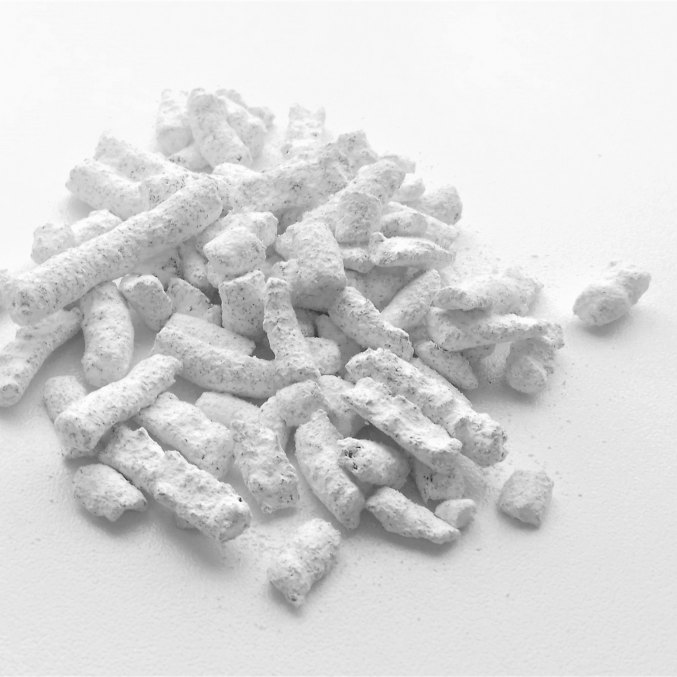

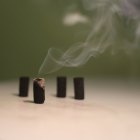
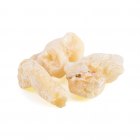
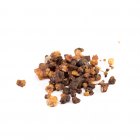
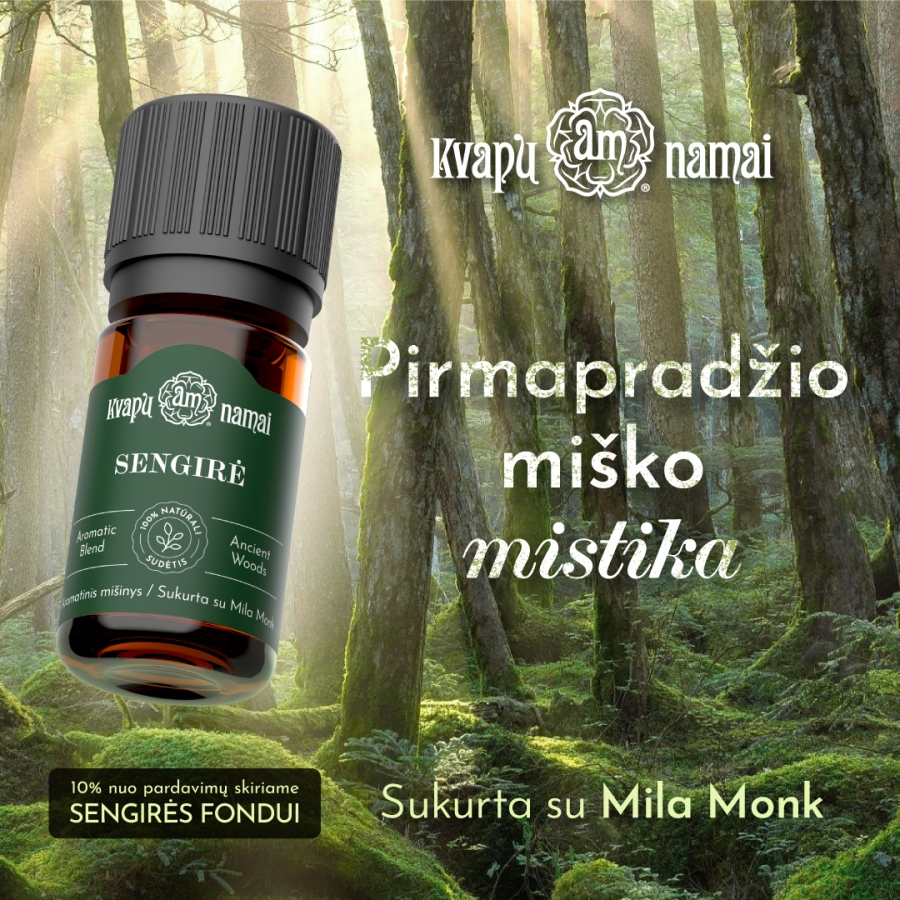
Ratings (0)